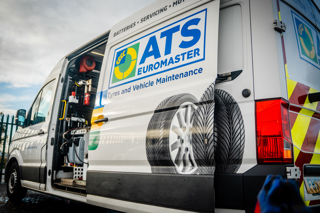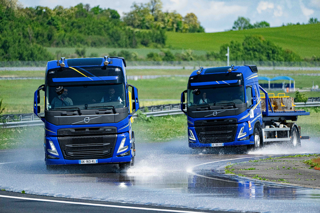Companies could increase their tyre replacement intervals, increasing efficiency savings, according to Michelin. If company fleet drivers were to take better care of their tyres and vehicles it would benefit both the business and the driver.
Its advice recommends that drivers follow four simple steps that will extend its tyre’s life. The company also offers adviceon how drivers could improve uptime, cut running costs and reduce environmental impact.
Peter Wood, Michelin key account manager, said: “Running on tyres just a few psi below the manufacturer’s recommended pressures will reduce a vehicle’s fuel efficiency on every journey.
“The combined savings for fleets could be significant.”
“Although wear and tear isn't completely avoidable, drivers can adjust their driving habits to keep tyres in good condition”
“Excessive braking, acceleration, or constantly stopping and starting can cause tyres to wear much faster, meaning more trips to the fast-fit centre.”
“Avoiding uneven road surfaces, such as potholes, and going over speed bumps with care will all help to prevent wheels and tyres from being damaged or knocked out of alignment”
The manufacturer has suggested that tyre pressures are often being overlooked, with more than 50 percent of car drivers running on tyres below the suggested pressures.
In 2017 there were 384 car accidents in Britain. The accidents were caused by illegal, defective or under-inflated tyres.
With better tyre care, Michelin suggest that a large improvement could be made on a vehicle’s steering, handling and braking.
Michelin suggests drivers should check tyre pressures at least once a month, which can be done at most fuel stations or at home with a pressure gauge.
Michelin is also advising drivers to keep a close eye on the wheel alignment, as poor tracking can cause a vehicle’s handling to be altered, compromising safety.
Tyre treads also have direct impact on the performance and safety of a vehicle. By law, tyres must have at least 1.6mm of remaining tread depth, measured across the central three-quarters of the tyre and all the way round.
Checking tread depths is quick and simple – and if any tyre is below the limit, it must be replaced right away.






















Login to comment
Comments
No comments have been made yet.